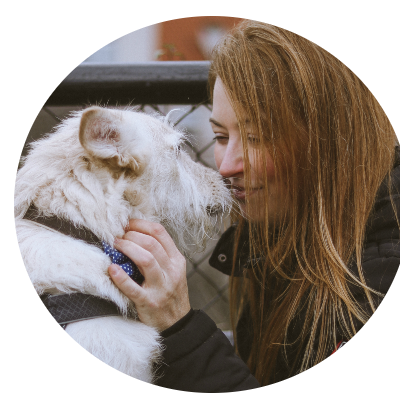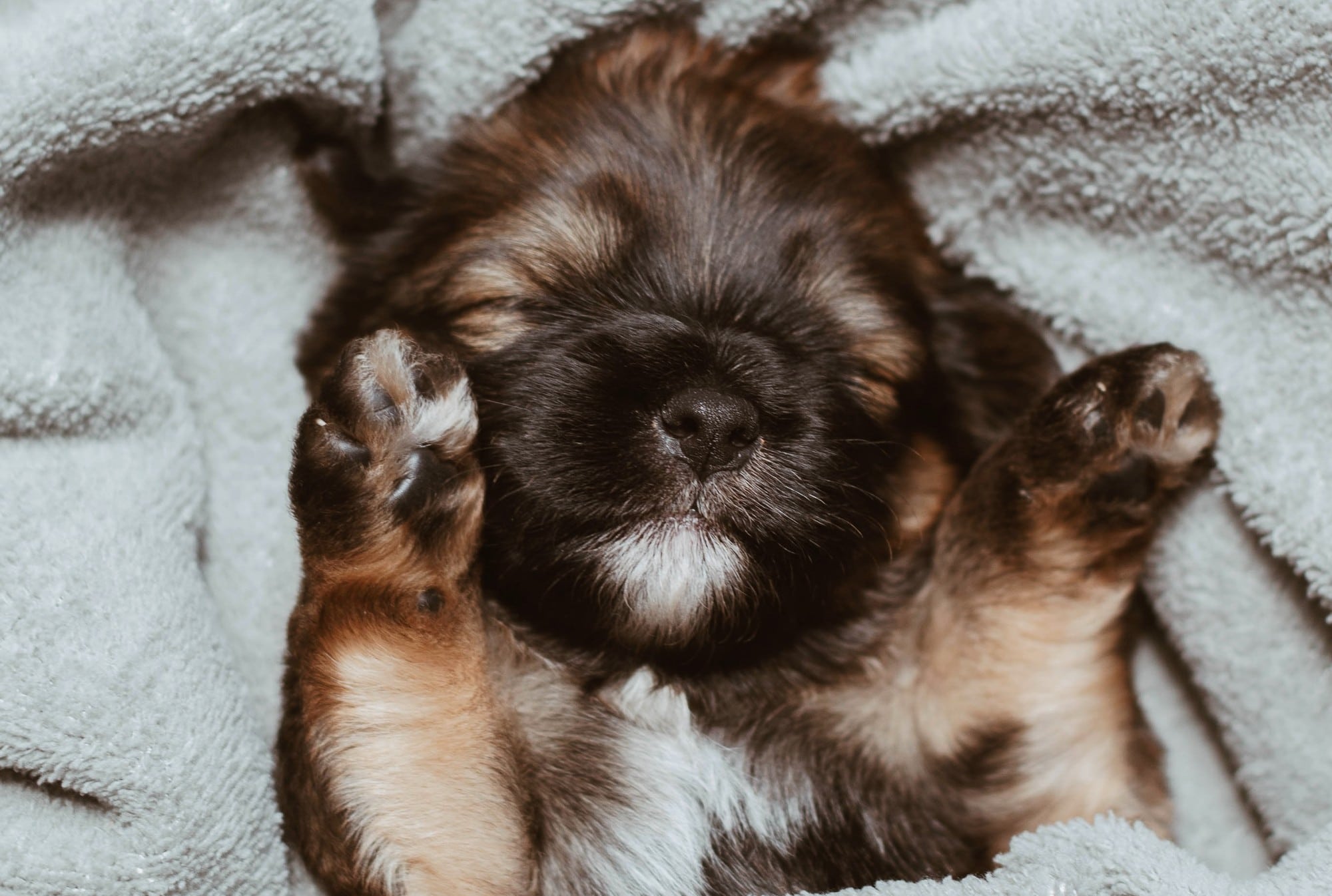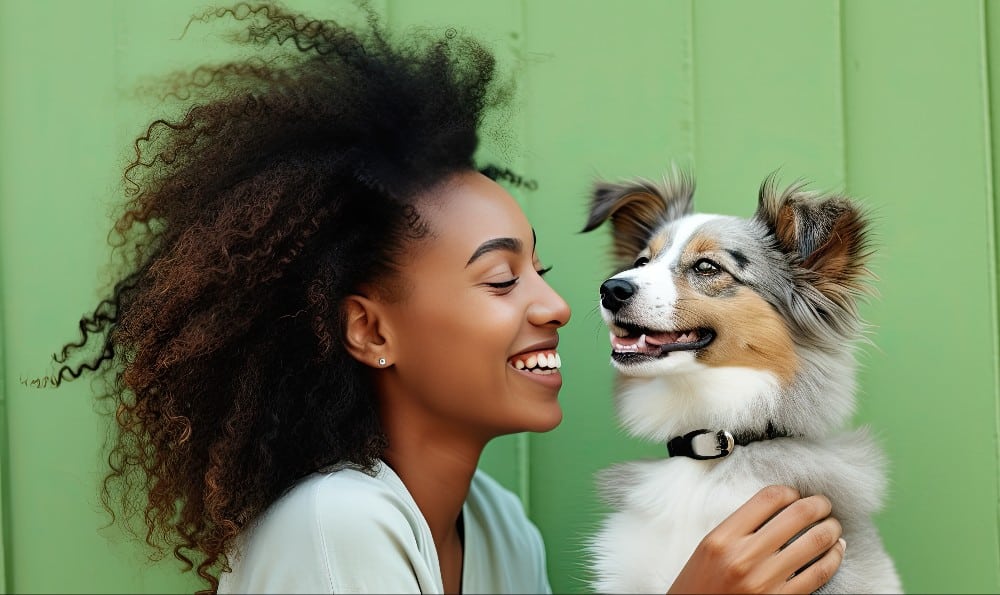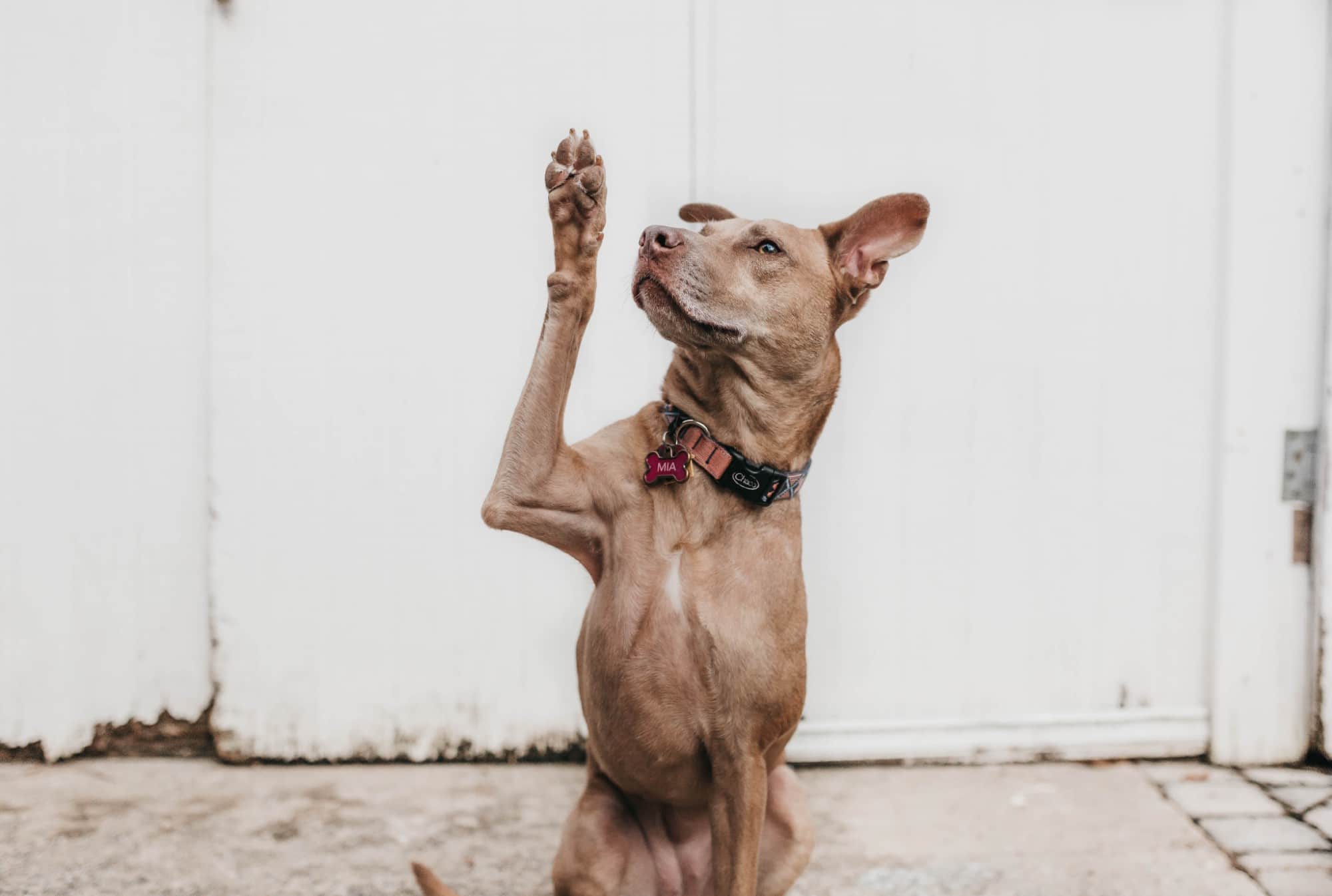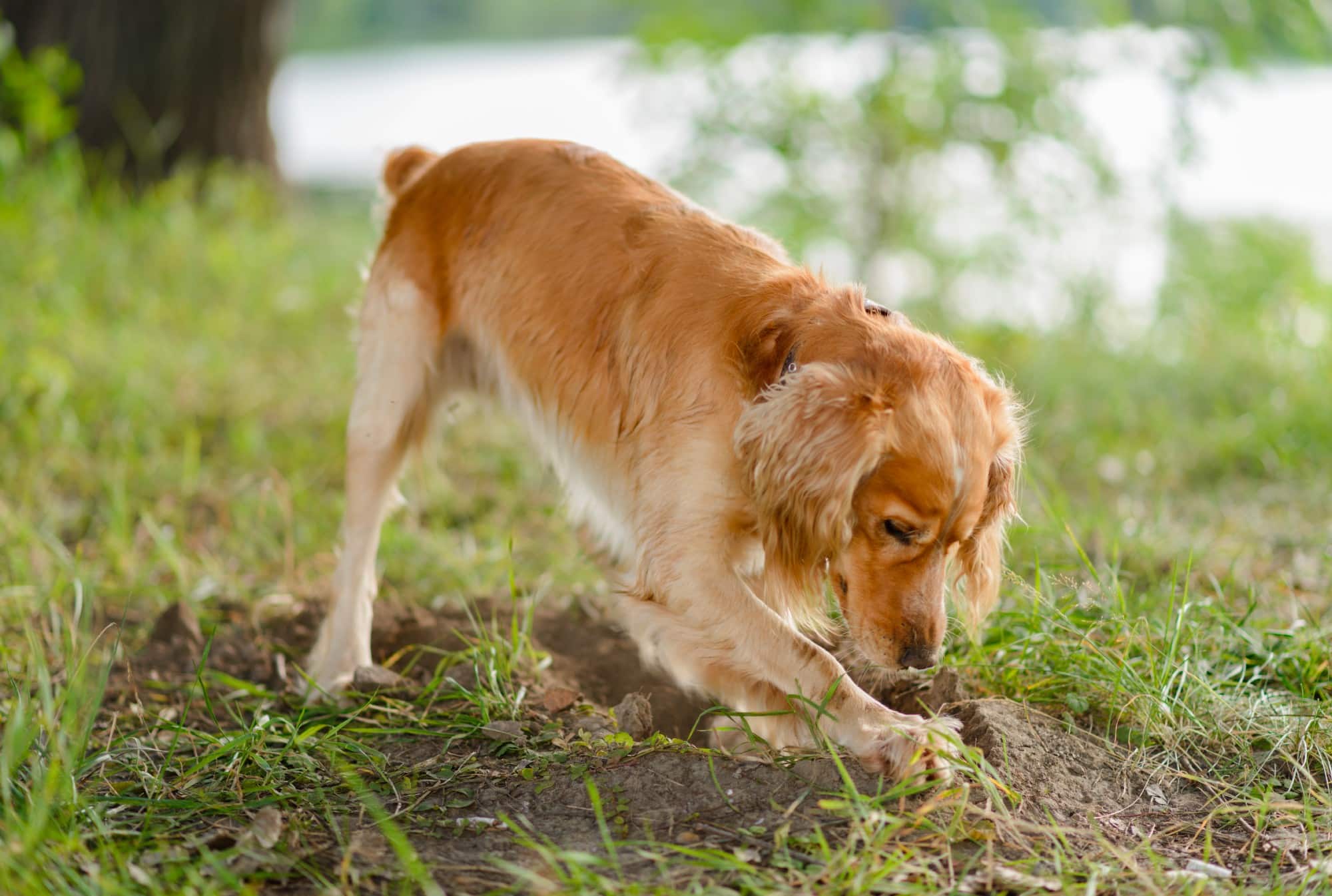It’s easy to get swept up by the cuteness of a new dog. You’re excited to bring a new furry companion home and is tempting to spend days (or weeks) just kissing the new fuzzball and ignoring everything else. After all, there are thousands of videos on the internet that show you what to do, so you can always start the training later, right?
Well, not really.
To help you build a lifelong bond with your new dog and avoid costly mistakes, we spoke with Elissa Weimer, a professional dog trainer and dog behavioral specialist and co-owner of Paw & Order Dog Training. Here’s what she had to say about the most common mistakes first-time dog parents make.
Related: How to Puppy Proof Your Home Without Sacrificing Style
1. Setting unrealistic expectations for your puppy or dog
Perhaps one of the biggest shocks new dog owners experience is realizing their dogs don’t come potty-trained and command ready. Even dogs that are rehomed and come with some basic training will still need to learn your way of doing things. They must be taught what you want them to do and not do and it’s your responsibility to teach him.
“Many people think that puppies will mature out of bad behaviors on their own, but it is your responsibility to work with your puppy every day to teach him/her what you want from him so he can grow into a fun, safe, and enjoyable pet for everyone,” explains Weimer. “Also, your puppy’s behaviors may change during adolescence, so it is important to continue training your dog and be ready to adapt your training style to fit your dog as he/she matures.”
According to Weimer, it’s also very important to “always train the dog in front of you.” This means you shouldn’t compare this dog to your friend’s dog or neighbor’s dog and think your dog should act just like that. Every dog has their own personality and will train differently.
“Don’t try to force your dog to fit a certain mold and be upset if he/she doesn’t do what you want him/her to do,” Weimer says. “For instance, if you get a puppy and expect it to be a therapy dog even though the dog is super nervy or not comfortable around people, you need to be okay that your new puppy is not therapy dog material –and this can also apply to agility, scent work, tracking, retrieving.”
2. Being inconsistent within the household
If dad says “no couch” but mom always approves or the dog walker allows the dog to do things he cannot do when walking with the owners (pull on the leash, eat things from the ground), you’ll end up with a very confused dog that has no idea what behavior to follow. “If you are consistent, it is easier for your puppy to understand what you want from him/her,” says Weimer.
Another example, according to Weimer, is if you sometimes allow your puppy to jump on you but then one day you are wearing your nicest clothes and your puppy jumps on you and you yell or correct the dog. “Your dog will not understand why he/she couldn’t jump on that occasion,” says Weimer. “This can cause your dog to not see you as a stable leader, leading to bigger behavior problems later on. Your dog may get frustrated at you if you correct him/her for a behavior that is sometimes okay but is all of a sudden no longer okay.”
3. Not giving the new pup some breathing room
A new home can be confusing or stressful for a dog. Even the calmest dog will need some time to settle in and adjust to your lifestyle –and you need to give him that to set him up for success.
“The amount of time needed for a dog to settle in can depend on each dog’s history and personality,” explains Weimer. Always focus on reading your dog’s body language to tell if he or she is uncomfortable. “Look for signs that your new puppy or dog is stressed such as lick lipping, tail tucked, hair standing up, trying to hide or run away, peeing when approached or petted — even if your new dog is excited when doing a “happy pee” this can reinforce bad behaviors of peeing every time when petted,” Weimer explains. “If you see these signs, have the person (or yourself) back off and give your dog space. Make sure to advocate for your dog and be your dog’s hero.”
Related: When’s the Best Time to Switch Your Puppy to Adult Dog Food?
4. Giving the dog too much freedom in the house when you leave
Handling a big space can be overwhelming for a new dog and especially a puppy. According to Weimer, this can lead to housebreaking issues and destructive behavior and can set the dog up for failure. “I encourage new dog owners to use a crate for many reasons and one of these is safety,” says Weimer. “If your dog is crated when you are gone or not supervising him/her, you don’t have to worry about your dog ingesting things, which can cause death or thousands of dollars in emergency surgery.”
A crate can also teach your dog to relax and enjoy downtime in his own space. “Eventually you will have to go back to work, or to the store, family or friend emergency and your new dog will need to be okay by himself/herself,” Weimer says. “If your dog has been surrounded by people since being brought home for a week but now you have to leave, he/she may become very stressed since he never taught how to relax and be alone.”
5. Not socializing correctly
This can mean both never properly introducing your dog to other dogs or oversocializing and causing anxiety in the process. In fact, according to Weimer, there is such a thing as over-socializing your dog. “Do not let every dog in the neighborhood bombard your puppy when you first bring him/her home,” Weimer explains. “You want your dog’s first experiences with everything to be as positive as possible and if your dog is being rushed and startled by a bunch of dogs all at once, this can cause negative emotions about dogs later on.”
The same applies to letting every person you see pet your new puppy or new dog. “This can be very overwhelming and it’s up to you to set limits,” Weimer says. “Don’t force your dog to be pet by someone he/she doesn’t enjoy being around, and don’t let other dogs hump or bully your dog.”
Instead, she says you should encourage calm greetings from people who want to meet your dog and take it slow. “Socialization doesn’t mean your dog should meet every person and dog he/she sees,” says Weimer.
These above tips provide guidance on how to set your new dog up for success. And when in doubt, reach out to a professional.
Related: 7 Tips to Prepare for Your Puppy’s First Night at Home












